



Teaching the 20th Century
14 items
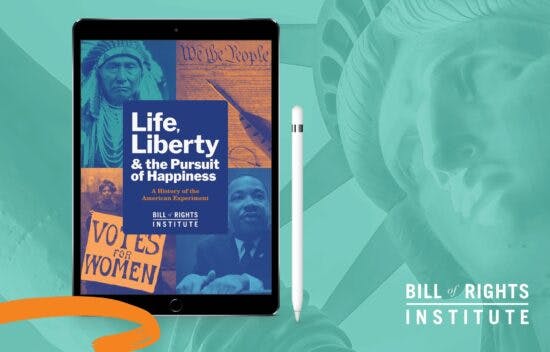
Life, Liberty, and the Pursuit of Happiness
Page
Page
In our resource history is presented through a series of narratives, primary sources, and point-counterpoint debates that invites students to participate in the ongoing conversation about the American experiment.

Principles and Virtues
Resource
Resource
How do We the People are better able to protect and advance freedom and opportunity for all?
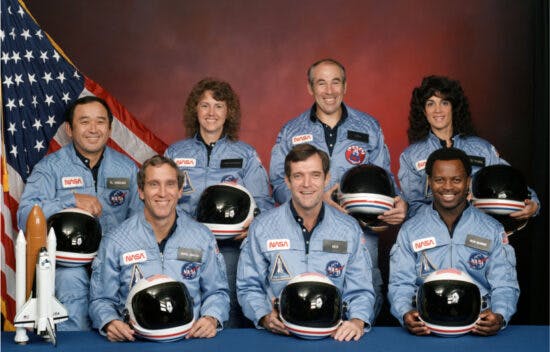
The Space Shuttle Program and the Challenger Disaster
Essay - 2187 Words
Essay
2187 Words
Explores the tragic Challenger space shuttle disaster.
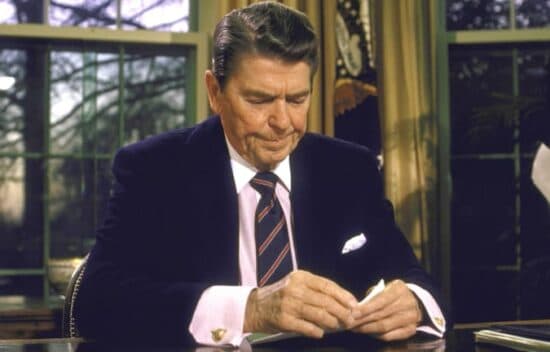
Ronald Reagan, Address to the Nation on the Challenger Disaster, January 28, 1986
Activity
Activity
40 Min
Use this primary source text to explore key historical events.

Does the Threat of Terrorism Justify Increased Surveillance?
Activity
Activity
40 Min
After September 11th, 2001, is there justification for the increase in surveillance or does it an unnecessary violate individual liberties? Rebeccah Heinrichs and Artemus Ward debate this question.

Executive Power in Times of Crisis
Lesson
Lesson
Use this lesson at the end of the unit to have students review executive powers throughout U.S. history.

Dropping the Atomic Bomb
Essay - 2638 Words
Essay
2638 Words
By the end of this section, you will explain the causes and effects of the victory of the United States and its allies over the Axis Powers.

Was the Use of the Atomic Bomb Justified? DBQ
Lesson - 1 Activities
Lesson
1 Activities
65 Min
Use this lesson with The Manhattan Project Narrative and the Dropping the Atomic Bomb Decision Point to show the development of the United States' nuclear program and subsequent use in the Hiroshima and Nagasaki bombings.
65 Min

Edward Lengel: Thinking Through World War II | BRI Scholar Talks
Video
Video
45 Min
BRI Senior Teaching Fellow, Tony Williams, and guest scholar Ed Lengel will be discussing Lengel's compelling essays in BRI's new Life, Liberty, and the Pursuit of Happiness Digital Textbook on the dramatic Pacific theater of World War II. Lengel will narrate the captivating story of Japan’s aggressive expansionism during the 1930s in the lead-up to the attack on Pearl Harbor, the brutal fighting in the Pacific, and the consequential dropping of atomic bombs on Hiroshima and Nagasaki in the summer of 1945.
45 Min
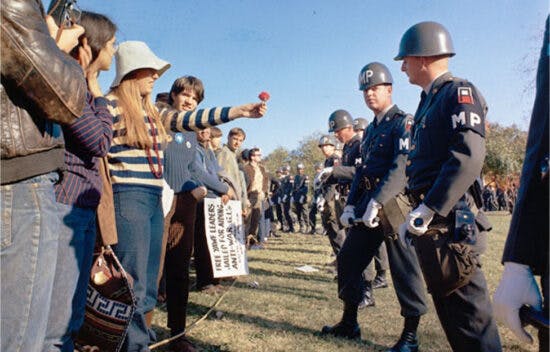
Chapter 14: 1960-1968 Inquiry Organizer
Resource
Resource
How did internal and external political and cultural tensions shape the years 1960–1968?
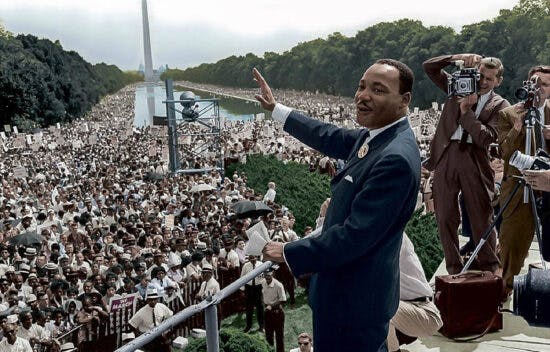
Civil Disobedience across Time
Lesson - 1 Activities
Lesson
1 Activities
90 Min
Use this lesson with the Freedom Riders Narrative; The March on Birmingham Narrative; the Black Power Narrative; the Martin Luther King Jr., "Letter from Birmingham Jail," 1963 Primary Source; the Martin Luther King Jr., "I Have a Dream," August 28, 1963 Primary Source ;The Music of the Civil Rights Movement Lesson; and the Civil Rights DBQ Lesson to discuss the different aspects of the civil rights movement during the 1960s
90 Min
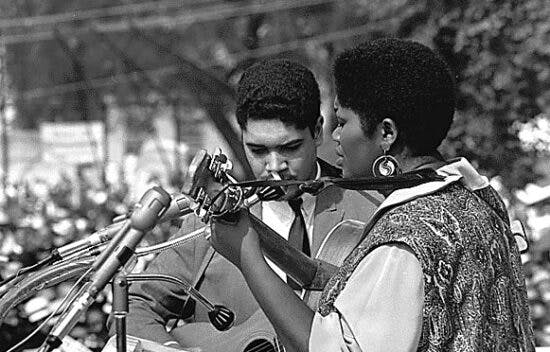
The Music of the Civil Rights Movement
Lesson
Lesson
Use this lesson with the Freedom Riders Narrative; The March on Birmingham Narrative; the Black Power Narrative; the Martin Luther King Jr., "Letter from Birmingham Jail," 1963 Primary Source; the Martin Luther King Jr., "I Have a Dream," August 28, 1963 Primary Source; the Civil Disobedience across Time Lesson; and the Civil Rights DBQ Lesson to discuss the different aspects of the civil rights movement during the 1960s.
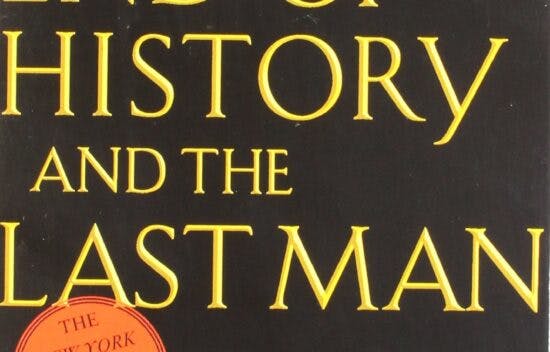
Francis Fukuyama, “The End of History?”, 1989
Activity
Activity
40 Min
Use this primary source text to explore key historical events.

Has Francis Fukuyama’s “End of History” Thesis Been Proven Correct?
Activity
Activity
40 Min
Since the end of the Cold War, has the world shifted towards democratic governments similar to the United States? Rebeccah Heinrichs and Chester Pachdebate this question.